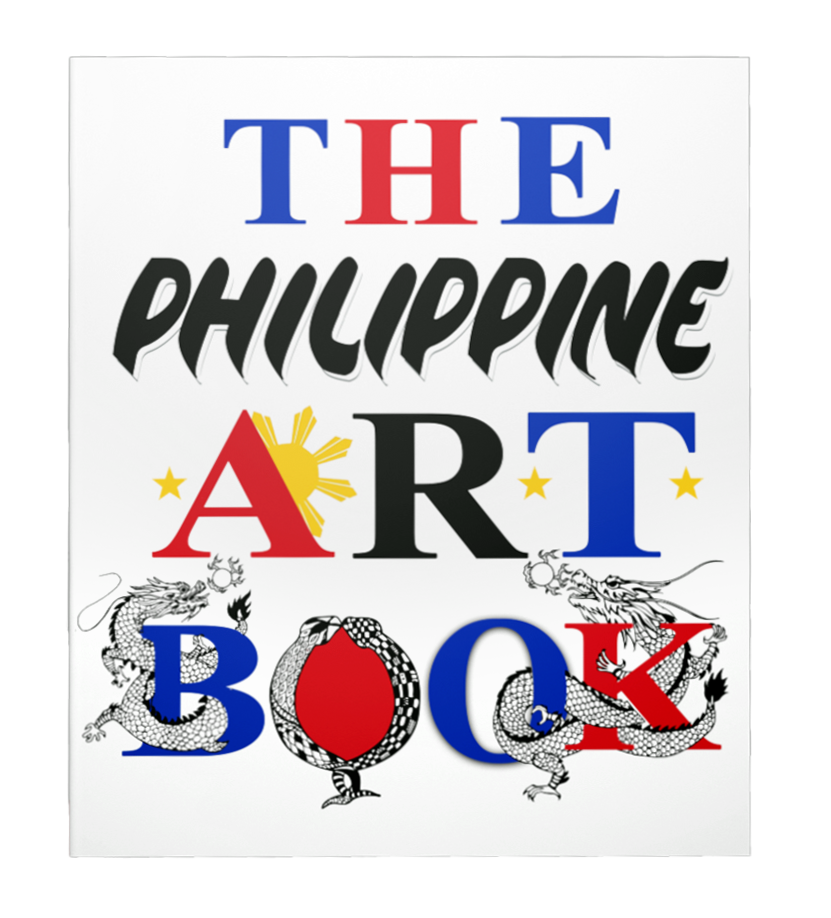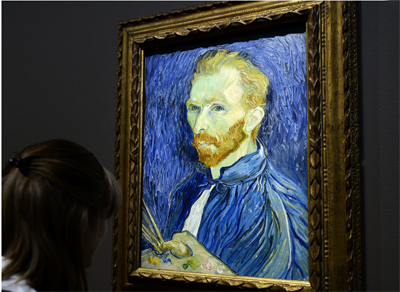
Forensics expert Dr. Di Maio supported a theory put forth in a 2011 biography
Van Gogh was murdered, claims forensic expert: "He did not shoot himself"
by: Antonia Mollay of The Independent
November 2014-- The true nature of Vincent van Gogh’s death continues to be a topic ripe for mystery – after a leading forensics expert has claimed that the artist was murdered.
The Sunflowers painter died an agonising 29 hours after taking a bullet to the abdomen in a wheat field near Paris in 1890. On his death bed he apparently revealed he had shot himself.
However, Dr. Vincent Di Maio, an expert on gunshot injuries, has said that he be believes the wound was “not self-inflicted”.
According to Vanity Fair, Di Maio, who was a key witness at the George Zimmerman trial, said that it was highly likely that Van Gogh “did not shoot himself”.
He made the claim in response to a request by Steven Naifeh and Gregory White Smith, whose biography of Van Gogh disputes the long-held suicide theory.
In Van Gogh: The Life, a 960-page book published in 2011, the Pulitzer Prize-winning authors claim that the artist had been shot, possibly accidentally, by a couple of boys and that he had decided to protect them by accepting the blame.
American academic John Rewald had talked of hearing local rumours about such a theory in the 1930s.
But Naifeh and Smith were attacked for publishing their theory and in 2013 Louis van Tilborgh and Teio Meedendorp published a critical review in the Burlington Magazine, which reiterated the suicide narrative.
Following this, Naifeh and Smith asked Di Maio to compare the two accounts and put forth his opinion.
Van Tilborgh and Meedendorp wrote that the son of the attendant physician at Van Gogh’s death bed, Paul Junior, said Van Gogh’s wound had a “brown and purple halo around [it].”
According to the authors, this meant “the gun must have been fired at very close range … and was caused by the bullet’s impact.”
But Di Maio said: “In fact, [the purple halo] is subcutaneous bleeding from vessels cut by the bullet and is usually seen in individuals who live awhile.
“Its presence or absence means nothing.”
Meanwhile, he said the brown ring is “an abrasion ring and seen around virtually all entrance wounds”.
Di Maio also said that if Van Gogh did shoot himself there would have been “soot, powder tattooing and searing of the skin around the entrance”.
He said: “These would have been grossly evident. None of this is described [in any of the forensic accounts]. This indicates the muzzle was more than a foot or two away (closer to two rather than one).”
In conclusion he said: “It is my opinion that, in all medical probability, the wound incurred by Van Gogh was not self-inflicted. In other words, he did not shoot himself.”
However, it may take more than Di Maio to sway academic opinion.
A curator at the Van Gogh Museum told Naifeh and Smith in an email. “I think it would be like Vincent to protect the boys and take the ‘accident’ as an unexpected way out of his burdened life.
“But I think the biggest problem you’ll find after publishing your theory is that the suicide is more or less printed in the brains of past and present generations and has become a sort of self-evident truth. Vincent’s suicide has become the grand finale of the story of the martyr for art, it’s his crown of thorns.”
SOURCE: The Independent
Recent Articles
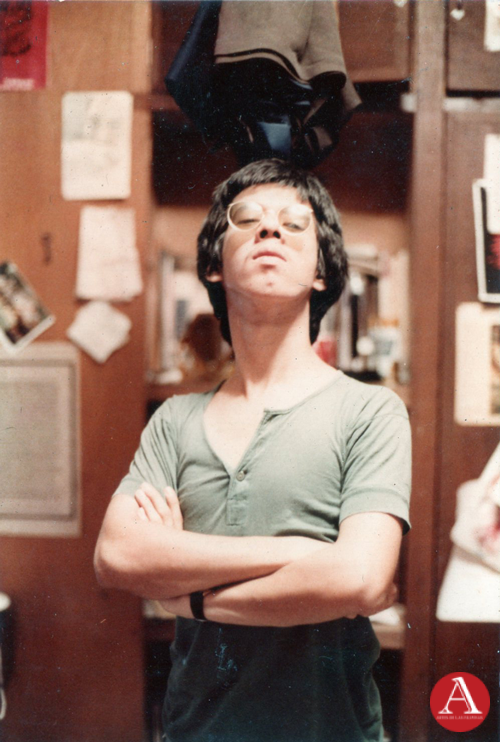 FEDERICO SIEVERT'S PORTRAITS OF HUMANISM
FEDERICO SIEVERT'S PORTRAITS OF HUMANISMJUNE 2024 – Federico Sievert was known for his art steeped in social commentary. This concern runs through a body of work that depicts with dignity the burdens of society to...
.png) FILIPINO ART COLLECTOR: ALEXANDER S. NARCISO
FILIPINO ART COLLECTOR: ALEXANDER S. NARCISOMarch 2024 - Alexander Narciso is a Philosophy graduate from the Ateneo de Manila University, a master’s degree holder in Industry Economics from the Center for Research and...
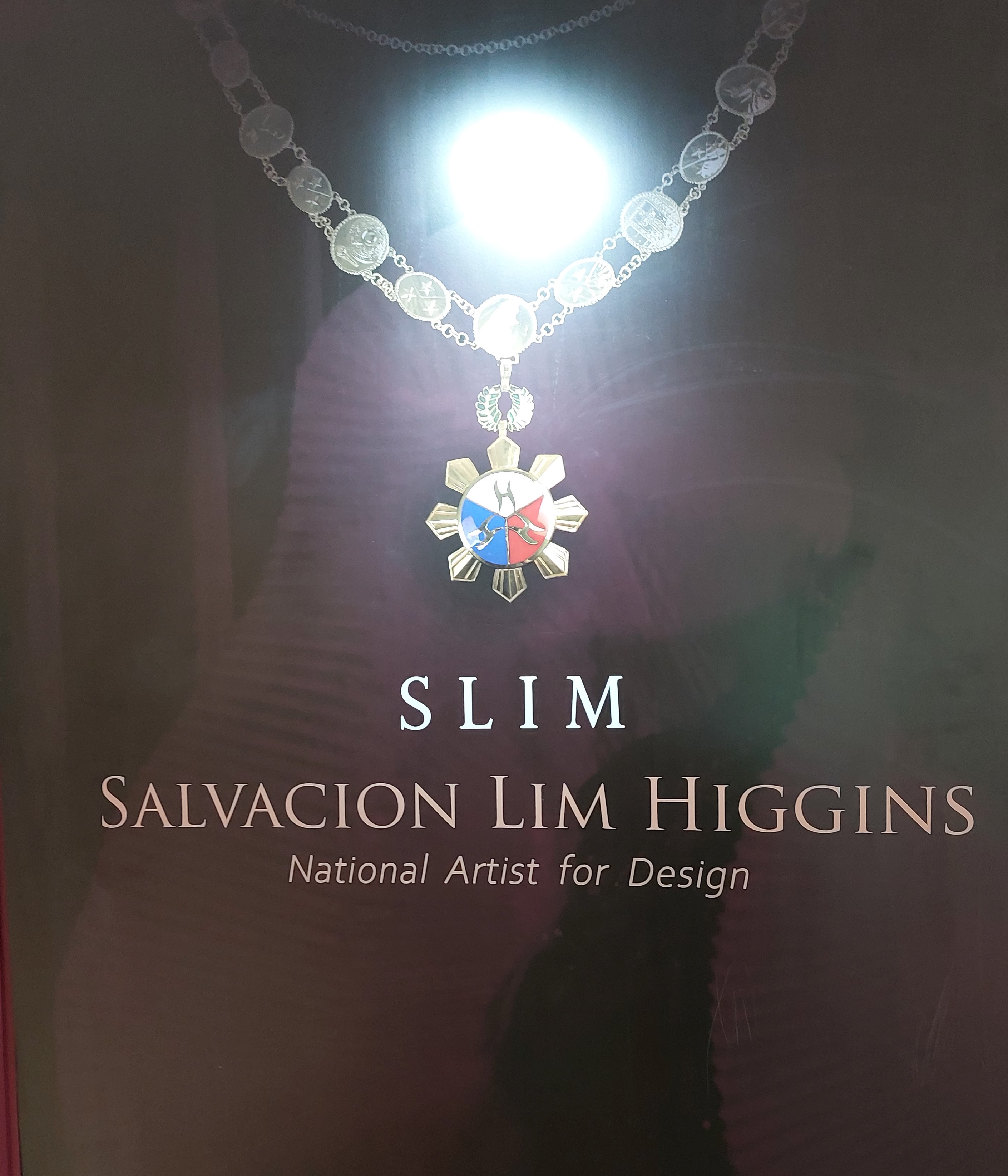 An Exhibition of the Design Legacy of Salvacion Lim Higgins
An Exhibition of the Design Legacy of Salvacion Lim HigginsSeptember 2022 – The fashion exhibition of Salvacion Lim Higgins hogged the headline once again when a part of her body of work was presented to the general public. The display...
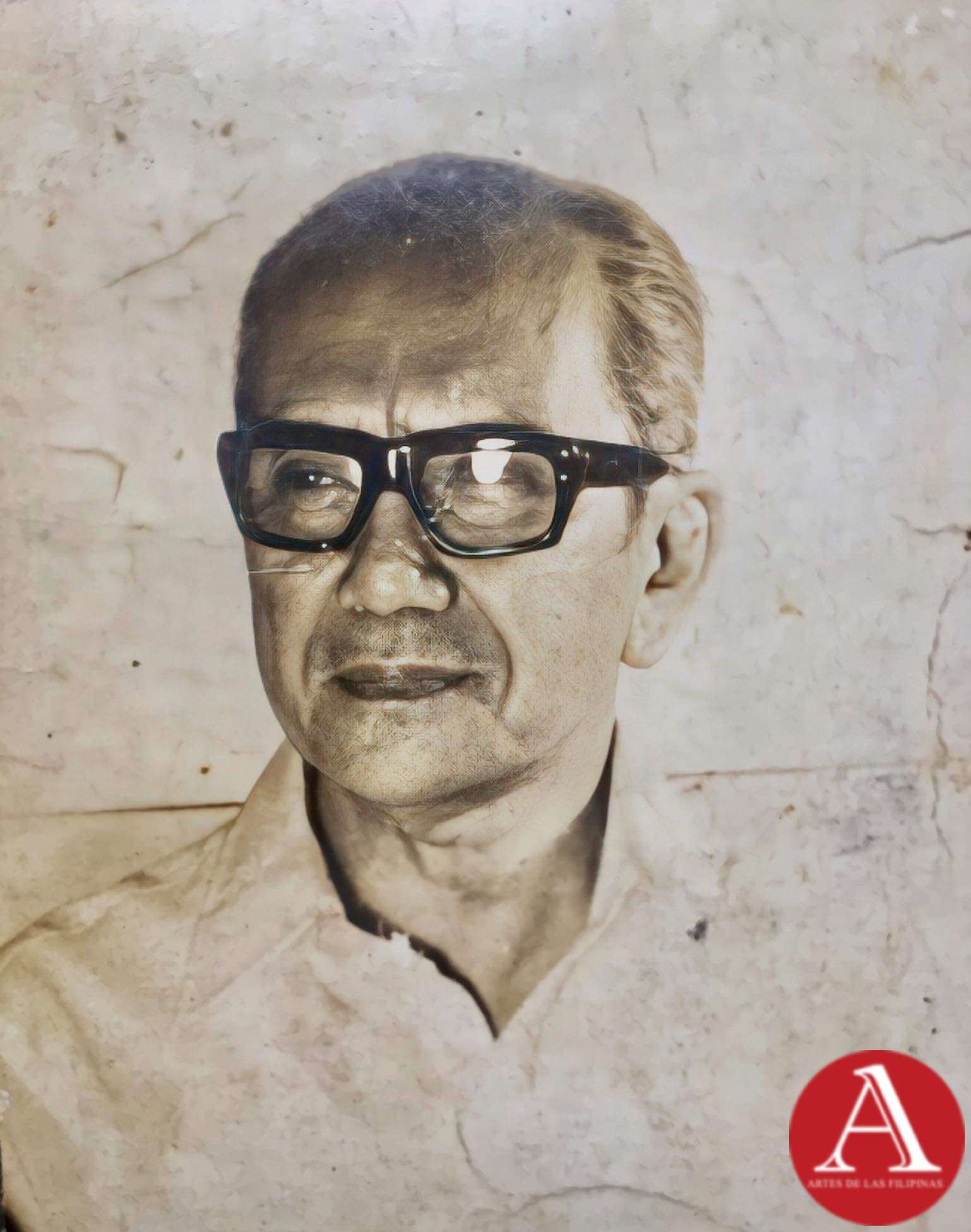 Jose Zabala Santos A Komiks Writer and Illustrator of All Time
Jose Zabala Santos A Komiks Writer and Illustrator of All TimeOne of the emblematic komiks writers in the Philippines, Jose Zabala Santos contributed to the success of the Golden Age of Philippine Komiks alongside his friends...
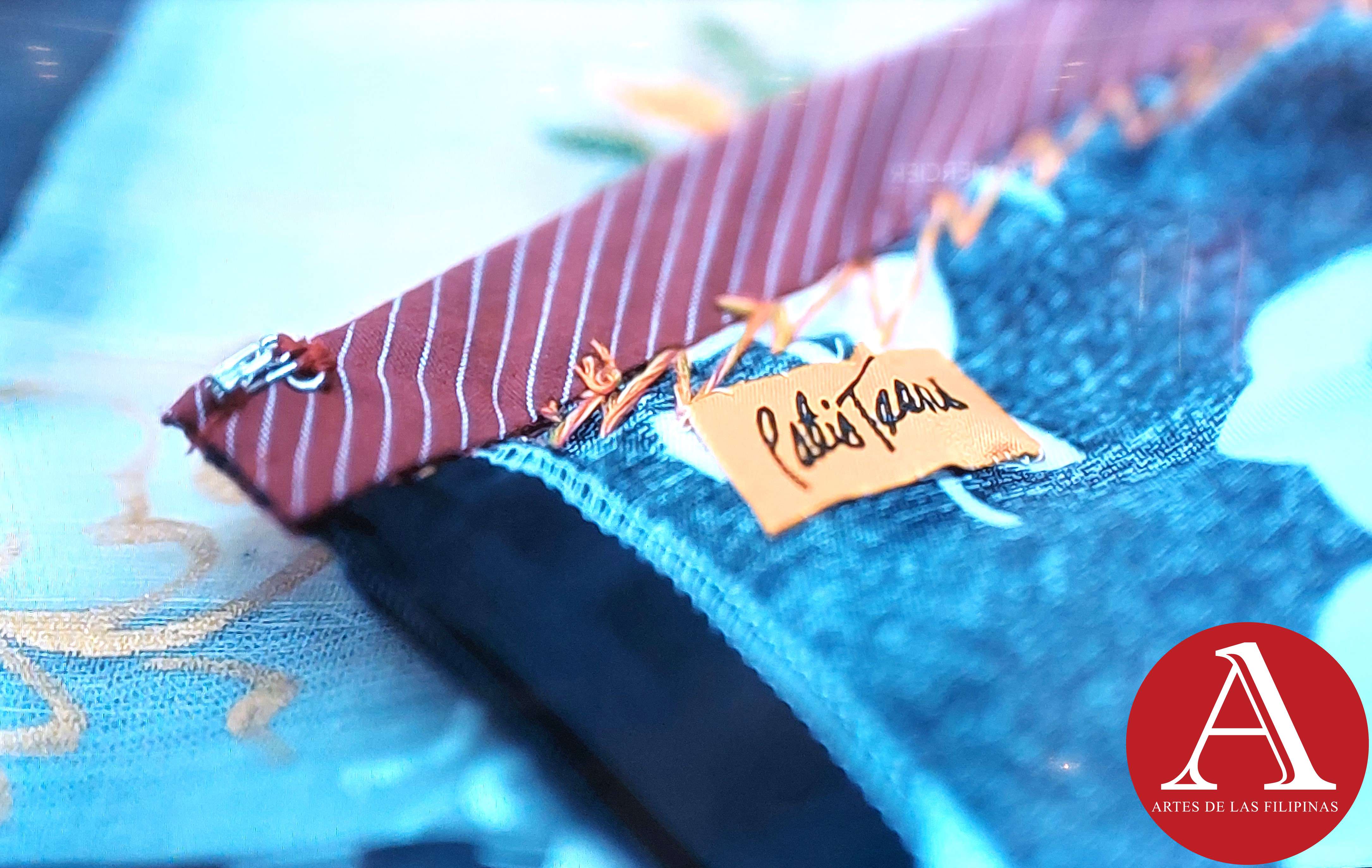 Patis Tesoro's Busisi Textile Exhibition
Patis Tesoro's Busisi Textile Exhibition
The Philippine Art Book (First of Two Volumes) - Book Release April 2022 -- Artes de las Filipinas welcomed the year 2022 with its latest publication, The Philippine Art Book, a two-volume sourcebook of Filipino artists. The...
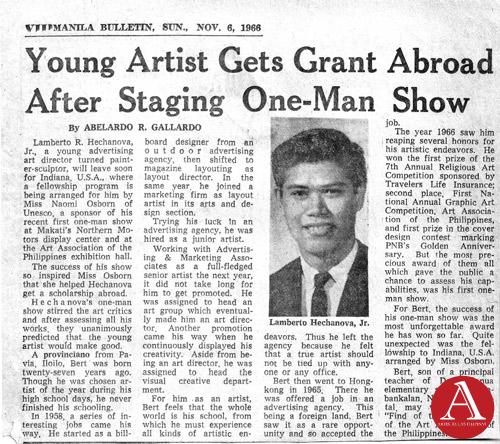 Lamberto R. Hechanova: Lost and Found
Lamberto R. Hechanova: Lost and FoundJune 2018-- A flurry of renewed interest was directed towards the works of Lamberto Hechanova who was reputed as an incubator of modernist painting and sculpture in the 1960s. His...
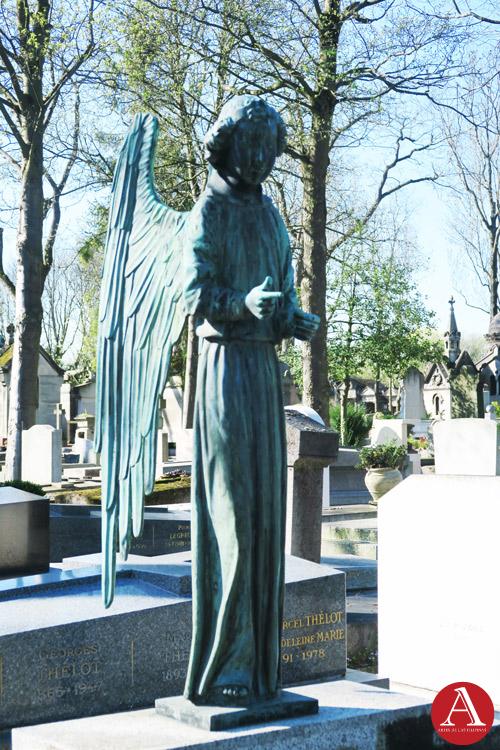 European Artists at the Pere Lachaise Cemetery
European Artists at the Pere Lachaise CemeteryApril-May 2018--The Pere Lachaise Cemetery in the 20th arrondissement in Paris, France was opened on May 21, 1804 and was named after Père François de la Chaise (1624...
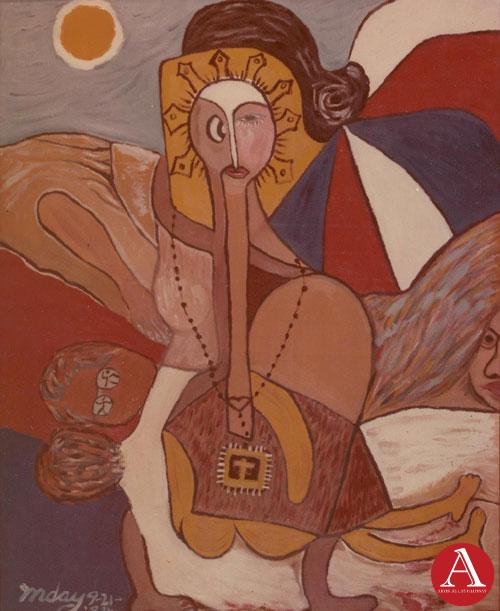 Inday Cadapan: The Modern Inday
Inday Cadapan: The Modern IndayOctober-November-December 2017--In 1979, Inday Cadapan was forty years old when she set out to find a visual structure that would allow her to voice out her opinion against poverty...
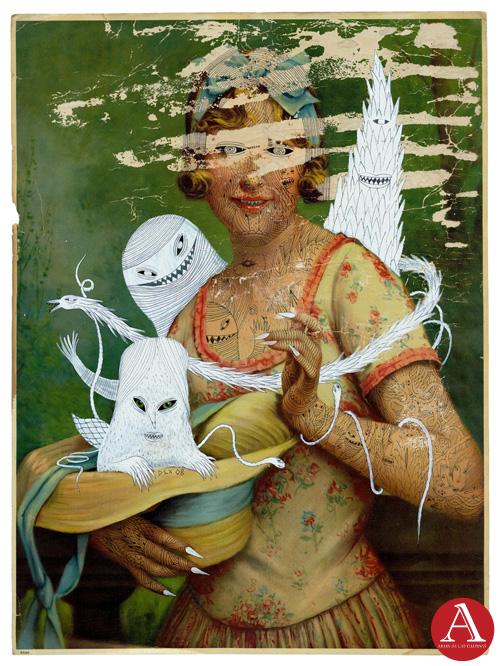 Dex Fernandez As He Likes It
Dex Fernandez As He Likes ItAugust-September 2017 -- Dex Fernandez began his art career in 2007, painting a repertoire of phantasmagoric images inhabited by angry mountains, robots with a diminutive sidekick,...




